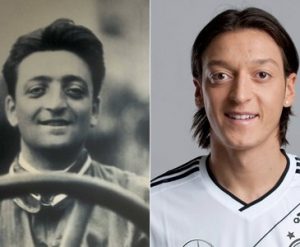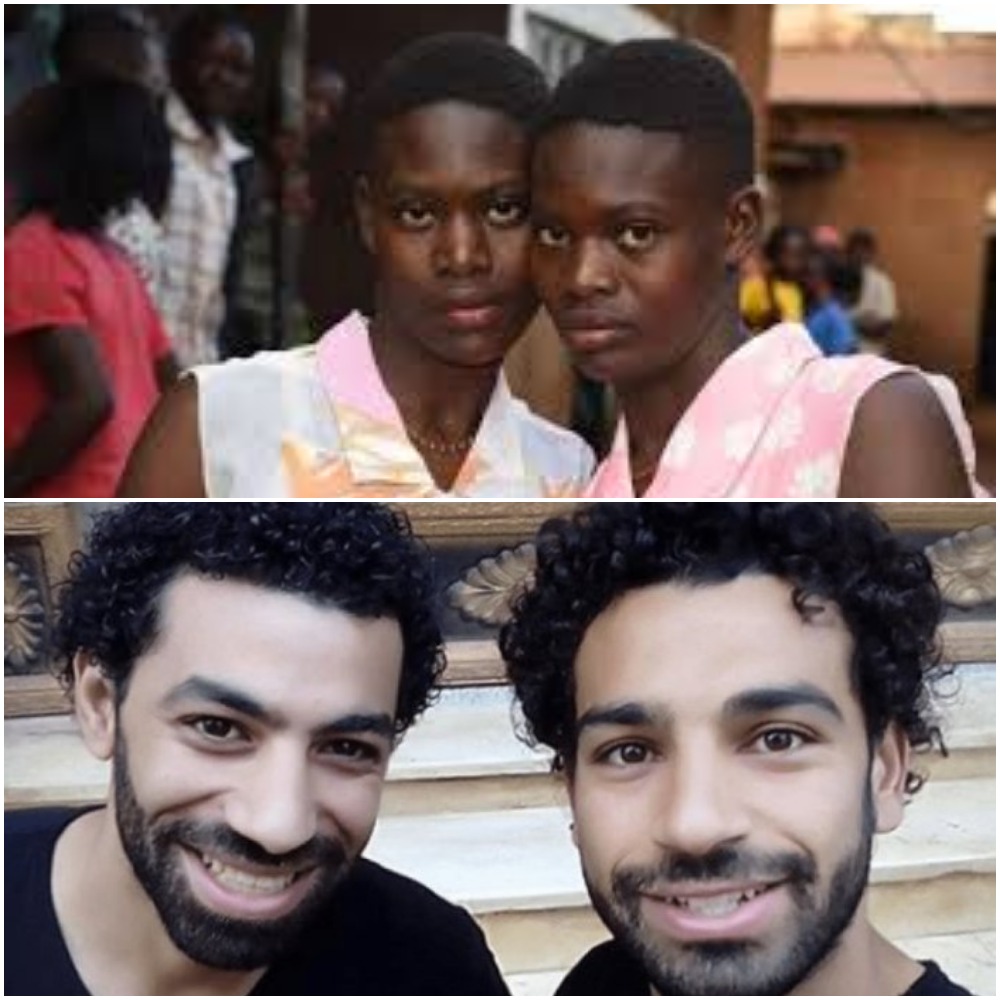Most of us have been in this situation, either, you excitedly greet someone you thought was a person you know or you are mistaken for someone else, who strikingly resembles you. Most of these meetings are usually awkward leading to brief explanations that it was mistaken identity.
Interestingly, there are slim chances of a person meeting someone who strikingly resembles you but there’s a higher likelihood of meeting someone with relatively similar features.
A 2015 study by researchers in Australia crunched the numbers and investigated the probability of two people matching up exactly in eight key facial features.
The researchers revealed that there’s about a one in 135 chance that a pair of complete doppelgängers exist somewhere in the world. But the likelihood of someone walking around looking identical to you, specifically, in all eight facial features is only one in one trillion.

This brings me to the question of the Kakamega twins. Are they real twins who were separated at birth or a just doppelgängers (a non-biologically related look-alike)?
As we wait for Kenya Medical Research Institute (KEMRI) and Directorate of Criminal Investigation (DCI) to unravel the mystery of the two girls, whom fate has brought together after two decades, let’s analyse the possibility of an exact doppelgänger existence.
Biologist Teghan Lucas from University of Adelaide in Australia explains that by measuring eight distinct facial features, there is a mathematical chance of two doppelgängers to exist in the ratio of one to one trillion.
“It’s quite likely to have a doppelgänger out there that your friends think looks exactly the same as you, but if you were to analyze their features scientifically, it’s unlikely they’d be a true match,” she said.

However, it is important to note that our ancestors, since the time of Adam and Noah (the Ark guy) practiced incest a lot. The population was very low and in order to fill the earth, as commanded by their creator, sisters and brothers got married and produced offsprings.
As a matter of fact, there’s 1:5 chance that your ancestors and those of your neighbour, work colleague or even wife were from the same family less that 10 generations ago.
[Read: Report reveals interesting secrets of popular leaders on Twitter ]
Further, some communities still practice inbreeding, whereby cousins are allowed to marry each other and procreate. Although marrying a cousin is frowned upon by science as it can result to harmful genetic conditions, other researches suggest that marrying a related spouse is linked to having more serving children.
The puzzle of possibly having another twin living somewhere in the world made a team of developers in Ireland to start a website dubbed as Twin Strangers to help people find their doppelgängers at a small fee.
A good number of people have been able to find people who resemble them while others are still searching.













8 Comments